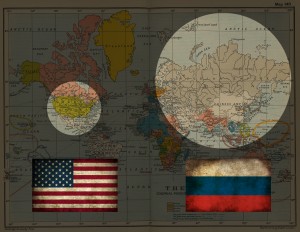When readers are first introduced to the character of Arthur Norris, he is offered a cigarette by William Bradshaw, a luxury reserved more or less “for the common folk”. As we see his character develop, the amount of wealth he flaunts becomes greater and greater, bragging about having a bedroom in Paris that he customized himself and worth a small fortune. Later he goes on to show this wealth with the amount of servants and the quality of decoration his house has to Bradshaw, which in turn helps characterize him for the reader.
These characterizations are important because than Isherwood goes against the stereotypes of communism. By making this rich socialite a communist, Isherwood was not only showing the rapidly changing politics of German society, but was showing the hypocrisy that the rich intellectuals were living in the Wiemar Republic. These folks truly were disconnected with the realities of Germany at the time. Even though people such as Norris were attempting to solve reform and improve living conditions, they failed to realize that this radical reform would never occur and ultimately, their attempts at change were actually hampering the working classes cries for help. While Norris thinks he is helping workers like those oppressed in China, in reality he is part of the problem, delaying any chance of democratic reform and allowing the Nazis to eventually rise to power.


